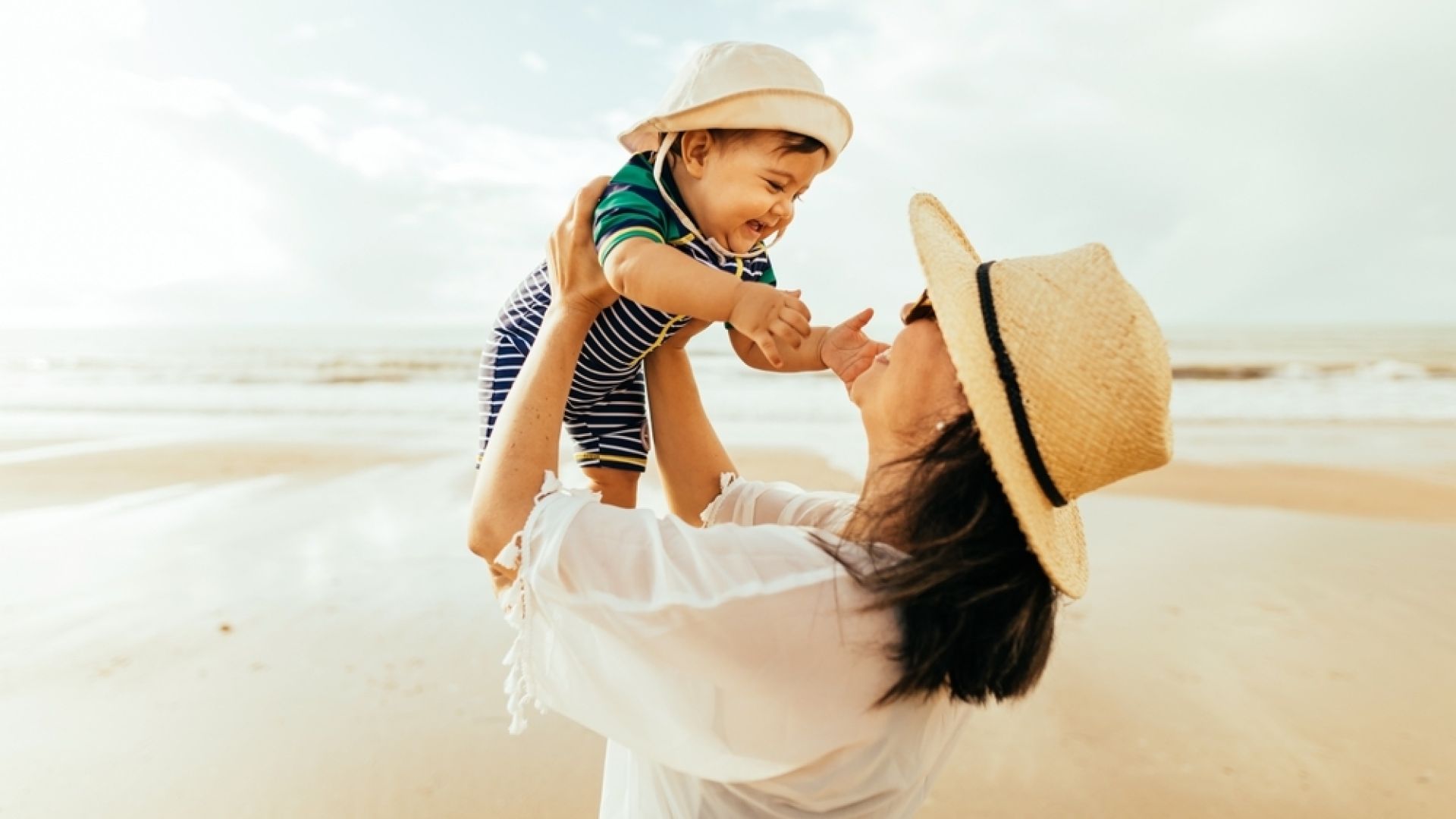
How to protect babies from skin cancer
Babies And Toddlers Are Not Only More Susceptible To U.V. Radiation And Sunburn Than Adults Due To Reduced Melanin In Their Skin But Sun Exposure Is Also More Likely To Result In Medical Conditions Such As Dehydration, High Fever, Blisters, Infections, Chills, And Heat Stroke. For These Reasons Babies And Toddlers Have A Particularly High Need For Sun Protection.
Time Outdoor activities and outings.
Outdoors play and games are important for child development and should not be eliminated. By far the easiest way to reduce radiation exposure during these activities is to reduce that time spent in outdoors during high U.V. factor times. We can often choose what time of the day outdoor activities occur, avoiding times of the day when the U.V factor is high particularly such as middle of the day.
Be aware that the U.V factor is dependent on many factors, not just the time of the day. You can always check the U.V factor by visiting https://www.sunsmart.com.au/
Remember U.V radiation can not be felt. The U.V. is not directly related to heat and you may be exposed to excessive radiation levels well before you feel warmth or thirst.
Slip on Covering Clothing
Covering the skin is the easiest way to protect from U.V radiation when outdoors. In most cases if the skin surface is not visible then it is protected. Mess and ultra-thin fabrics may not provide protection and should be avoided. Long loose fitting items help protect while allowing cooling airflow.
This does not mean that children need to be covered head to toe all day long. If children are wearing sleeveless tops or thin strapped dresses indoors they can simply be layered up with shirts and longer clothing when heading outdoors.
Slop on Sunscreen Sparingly
As with adults, sunscreen should be used as the last line of defence. Sunscreen should therefore only be used where other methods are unable to provide adequate protection.
Babies aged six months and under have highly sensitive skin and it is suggested by the Australiasian College of Dermatologists that sunscreen use be minimised.
When applying a new or untested sunscreen always test on a small area, observing for allergic reaction before using on larger areas. Some brands of sunscreen provide baby specific products designed for their sensitive skin. Sunscreen may be used more freely in children 6 months and over.
Children are very impressionable, so always lead by example and apply your own sunscreen as part of the process. In children 3 years and over it may be suitable to allow the child to apply their own sunscreen under supervision readying them for school and later self application.
Slap on a Hat
Bucket, wide-brimmed, or legionnaire hats are best. These should provide shade to the head, face, eyes, ears and neck. Baseball caps are not recommended as they do not provide adequate protection but may be used if no other protection is available.
Soft hats, that crumple easily will allow babies to roll and lay in a comfortable position. Hats should fit well. Should the hat be fitted with a strap this should be placed to the back of the neck or trimmed to a length that removes choking hazards. Hats with straps should also be fitted with a safety snap.
Slide on Sunglasses
When possible, sunglasses can provide protection to the sensitive eyes. It is important to check that the sunglasses meet the Australian standard. Toy or fashion sunglasses often do not meet these requirement and may not provide adequate protection. Function over fashion babies.
Seek Shade
Dense dark trees, buildings, portable shade, and umbrellas can all be useful tools for avoiding direct sunlight. Remember reflected light may still result in indirect U.V exposure. Like the sun, shade is forever moving. Check frequently that playing and resting children remain in the moving shade.
Shade on the move – Cars and Prams
Prams and strollers have advanced greatly in the past few years. These are now well equipped to provide sun protection from most directions with hoods, mess, and flaps. These can be adjusted to maintain stimulus for babies while still providing shelter. Fabric areas should filter almost 100% of UV radiation (UPF50+) and the mesh sections should block at least 70% of UV radiation (UPF3.3).
If these features are not available a blanket or a sheet and a couple of clips/pegs can be attached to provide similar protection.
The window of cars do not provide adequate protection from U.V radiation. We are all at risk to sunburn when travelling in the car. While not always convenient the easiest way to protect children from the sun is to seat them in the middle seat. This places them the greatest distance from each window. Where this is not possible attachable window shades can be used to reduce exposure. Shades that provide protection from the exterior will also reduce the heat transmitted to the vehicle.